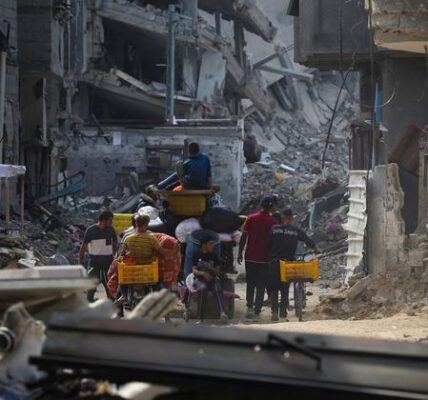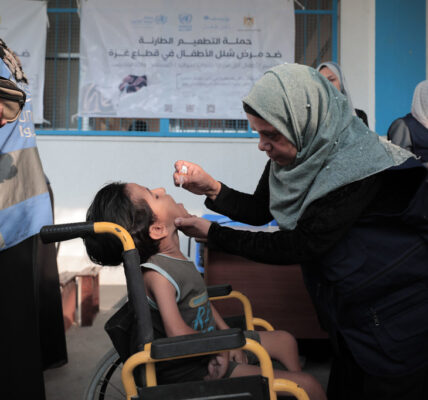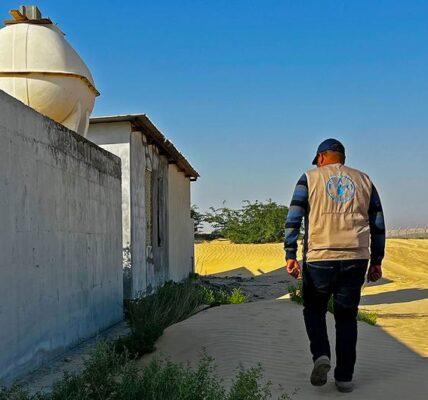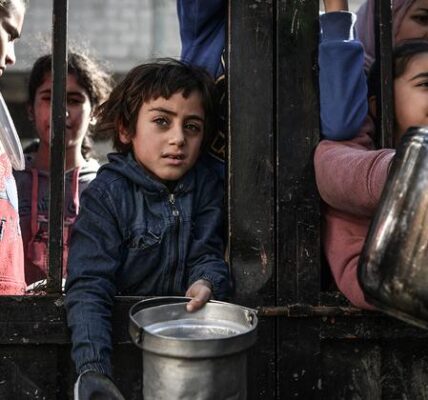Waiting for the ‘big one’ – natural hazards in the Philippines: A UN Resident Coordinator blog
The Southeast Asian country is the most prone to natural hazards in the world, and these hazards are becoming more intense due to climate change.
The UN has been working alongside the authorities in the Philippines to prepare for a wide range of disasters, as the UN Resident Coordinator in the country, International Day for Disaster Risk Reduction marked annually on 13 October.
“The Philippines, with its 7000 islands and many coastal cities, has always been extremely vulnerable to intense weather events and natural hazards. Each year there are some 20 typhoons, and many can transform into super typhoons, which are very destructive extreme weather events.
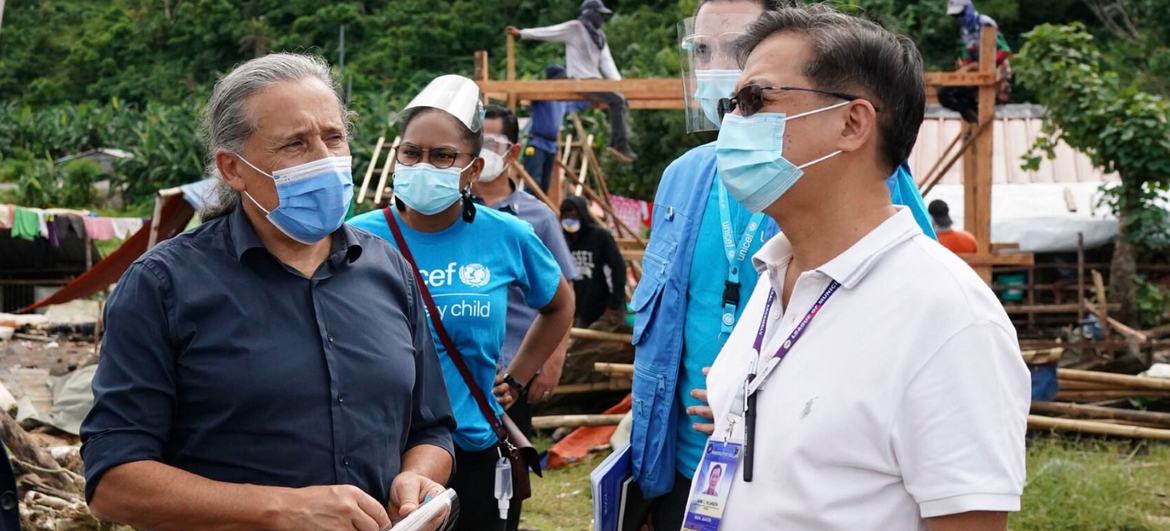
The UN Resident Coordinator in the Philippines, Gustavo González, visits a community affected by Typhoon Rai which struck the country in December 2021.
We are seeing more super typhoons as the seas in Southeast Asia warm due to climate change.
There are also around 20 active volcanoes across the country, and according to experts, we can expect a 7.2 magnitude earthquake at any time. So, the serious threat of super typhoons, volcanoes and earthquakes, exacerbated by climate change, compels us to prepare for the eventuality of a “big one”, a natural event of huge potential destructive force.
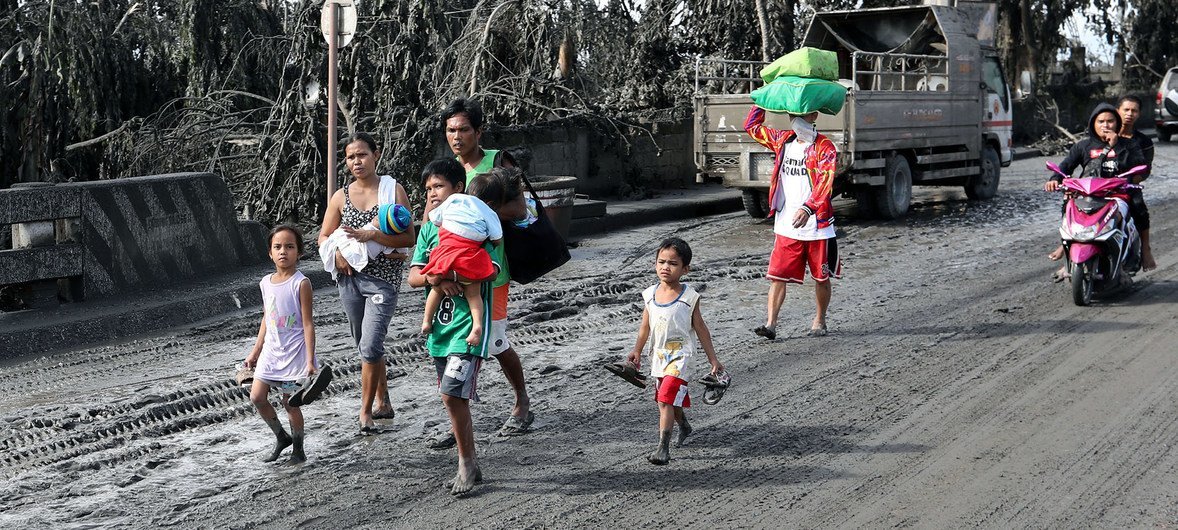
A family affected by the eruption of the Taal volcano in 2020 walks in volcanic ash-covered streets.
The Philippines ranks number one globally in the World Risk Index, which measures vulnerability and exposure to natural extreme events.
However, the extent of the country’s vulnerability is not well known outside the region. Indeed, when I arrived in this country as the UN Resident and Humanitarian Coordinator, equipped with my long experience in crisis situations, I immediately recognized the uniqueness of this country.
I realized that we needed to profoundly reassess the standard toolkit for humanitarian aid and development programming used in other countries to better align it with the distinctive circumstances of the Philippines.
In response, there has been a paradigm shift in the work of the UN Country Team towards investing in resilience building, which means enhancing national and local capacities to cope with, adapt to and recover from present and future shocks.
This is reflected in a very popular Filipino proverb which says “when the blanket is short, learn how to bend”.
Not one-size fits all
Furthermore, our approach in the country also must take into account regional differences.
When I visited an area affected by Super Typhoon Odette in 2021, I assumed that it would share the same cultural identity and political dynamics as other parts of the country, but this was far from the case.
Even on a tiny island you can be confronted with totally different socioeconomic realities, in locations just a few kilometers apart. While one community may ask for mobile phones to rapidly re-establish communications and put solidarity in motion, the neighbouring community may require livelihood support or just some materials to start rebuilding their homes.
I remember one inspirational local leader on Dinagat island who was very clear about the priorities of her community following a super typhoon. She respectfully questioned some of our standard and globally practiced humanitarian interventions. She argued that some items were superfluous, while highlighting gaps in other areas, and requested a customized response to improve the effectiveness of the response.
What we learn from such experiences is that building resilience starts by recognizing the invaluable capital of knowledge, skills and assets that a community can offer. The people affected are in the best position to decide what they need and where the UN can add value in the aftermath of a disaster.
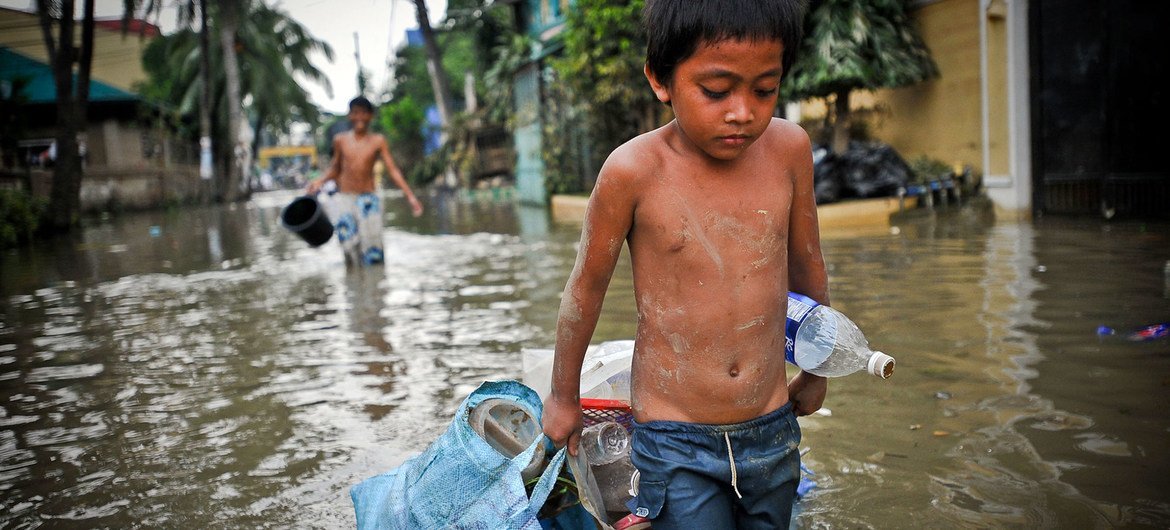
A boy drags possessions through the flooded streets of Manila in the aftermath of a typhoon. (file)
Factoring such wealth of local knowledge into the humanitarian response represents a paradigm shift away from the UN’s standard approach. Portraying affected communities just as a combination of needs and vulnerabilities is oversimplifying a complex reality. Developing the humility to listen, discover and genuinely engage with communities is an absolute requirement.
Preparation and Resilience
UNICEF, the International Organization for Migration, the Food and Agriculture Organization and the UN’s sexual and reproductive health agency, UNFPA, and supported by the UN’s Central Emergency Response Fund (CERF)
- The UN Resident Coordinator, sometimes called the RC, is the highest-ranking representative of the UN development system at the country level.
- In this occasional series, UN News is inviting RCs to blog on issues important to the UN and the country where they serve.
- Learn more about the work of the UN in the Philippines here.
- Find out more about the UN Development Coordination Office here.
Source: news.un.org
